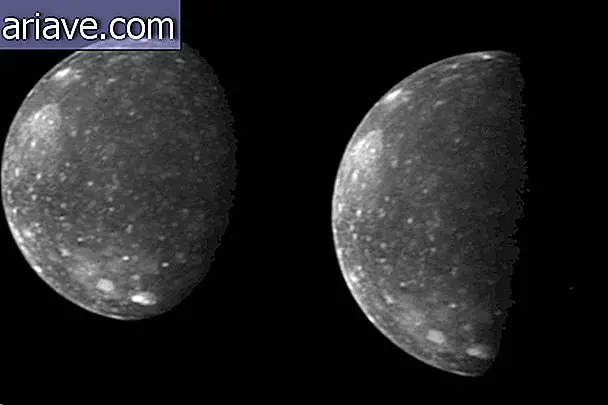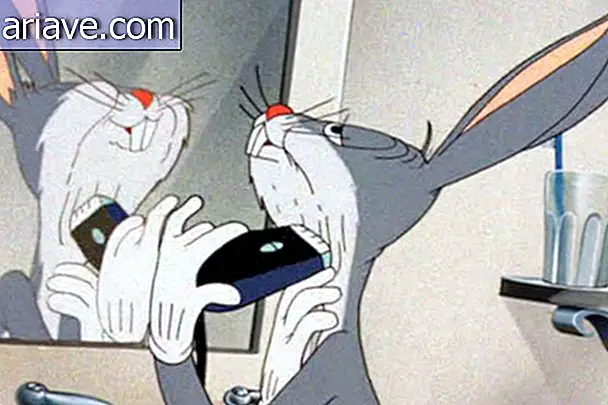After all, is this NASA pillow really from NASA?
You may have already seen the famous pillow that sells like NASA. It promises a thousand wonders for your sleep and advertising says it was made for astronauts with technology from the US space agency. Several brands market the product, including having as "poster boy" the Brazilian astronaut Marcos Pontes. But a lot of people might wonder if this pillow really has anything to do with NASA.
In fact, there is. Created in 1966, the material of this pillow is made of polyurethane with higher viscosity and density. It was named viscoelastic foam and was created by scientists Chiharu Kubokawa and Charles Yost under contract with NASA by the Ames Research Center. The idea was to develop a material that would increase the safety and comfort of the agency's upholstery.




Disapproved!
The foam has a solid open cell structure that deforms with pressure against it.
It turns out that the material was not approved by NASA for use on the ships because it has a very strong smell that could bother the crew, among other reasons. Charles Yost then founded a company, still in partnership with NASA, to market the material outside the space agency, and it began to be used in medical devices and even as padding for football helmets.
Over time, as early as the 1980s, the technology to produce viscoelastic foam became cheaper and the material less odorous. It became possible to produce it in greater quantity and sell it at a more affordable price, and finally became the famous pillow that fits our shape when we lay on it.

How is done?
Viscoelastic foam is produced by feeding gas into a polymer matrix. The foam has a solid open cell structure that deforms under pressure against it, but slowly returns to its original shape when the pressure is removed.
Today, a number of different materials can be added to the foam to alter its odor, density and viscosity, and to prevent moisture buildup and increase user comfort.
After all, is this NASA pillow really from NASA? via TecMundo











